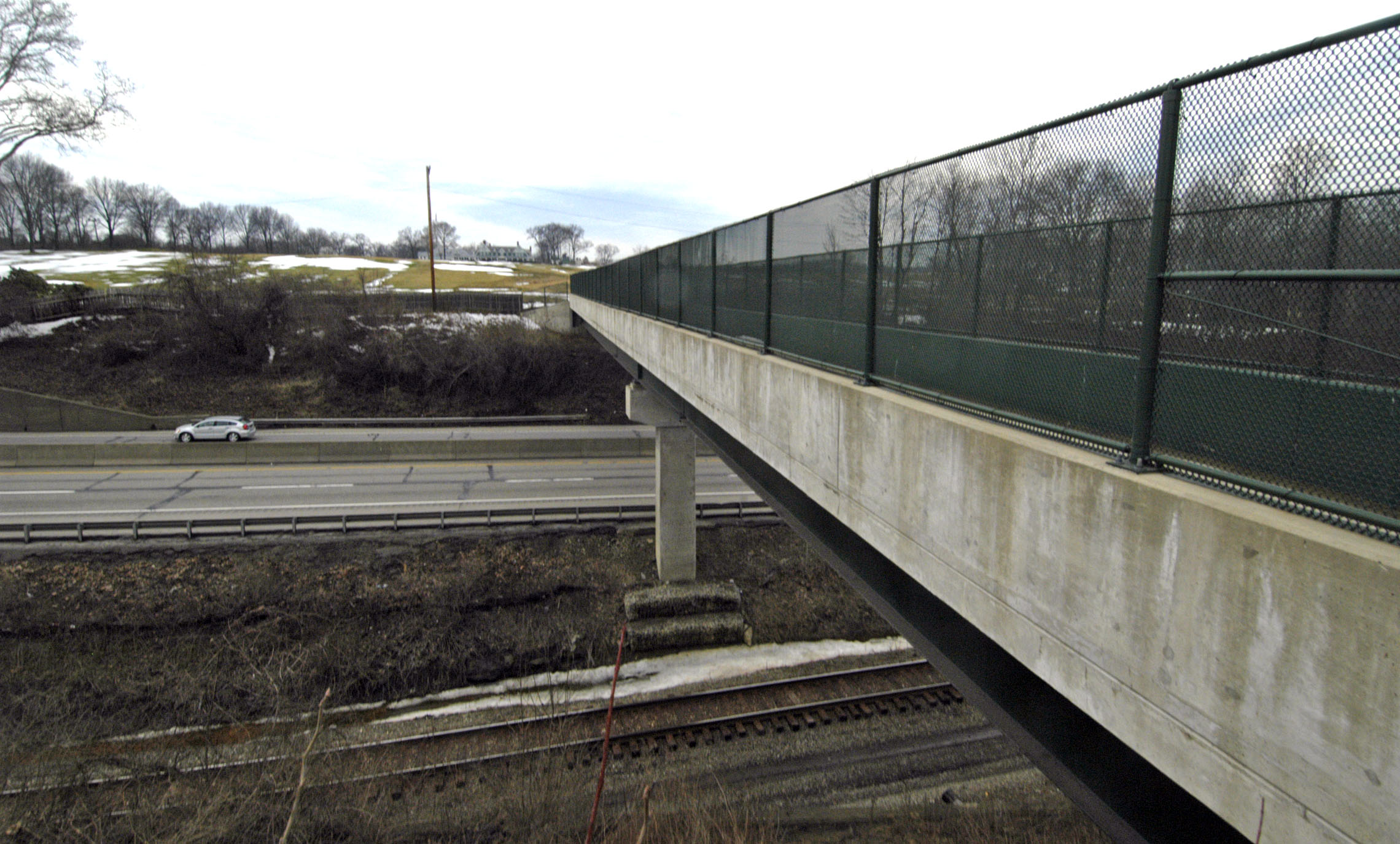The characteristics of a challenging golf course, the kind fit to stage the U.S. Open, are omnipresent at Oakmont Country Club.
One trait, however, sets it apart from almost any other major golf tournament venue in the United States – a major highway slicing right through the middle of it.
Though it won’t make its way onto a brochure highlighting the beauty and difficulty of the course, the Pennsylvania Turnpike is an undeniable presence in the overall layout of Oakmont, effectively dividing the course in two, with holes one and nine through 18 on the west side of the road, and holes two through eight on the east side.
While far from a defining trait, it’s an oddity that makes Oakmont distinct.
“It’s a unique feature in that it’s there,” said Tom Marzlof, a senior design associate with Fazio Designs, a golf course design company, and former president of American Society of Golf Course Architects.
When Henry C. Fownes first designed Oakmont and unveiled it in 1903, a half-century before the Federal Aid Highway Act was signed, the idea that such a major road would pierce through the pastoral land was unimaginable, even with a railroad running through the club’s land.
However, as part of its expansion into the western part of the state in the late 1940s and early 1950s, the Turnpike acquired part of Oakmont’s property that ran parallel to the railroad tracks.
The course, surprisingly, was largely unaffected by the Turnpike. Perhaps the most notable change that had to be made was moving the eighth hole’s green 10 yards to accommodate construction.
“The club always had, since its first day of being open, that cut in the middle of the golf course,” said Gerry Hickel, a member of Oakmont’s archives committee and the chairman of the club’s restoration committee. “When they built the western section of the Turnpike, they had to increase the size of that cut.”
The idea of a road running through a major golf course isn’t completely foreign. Merion Golf Club outside Philadelphia, site of the 2013 U.S. Open, is divided nearly in half by two-lane Ardmore Avenue. Shinnecock Hills Golf Club on Long Island also has a two-lane road cutting through it.
Those streets, however, can’t match the sheer size and scope of the Turnpike, which averages 42,000 vehicles daily traveling between Allegheny Valley and Monroeville. It’s a setup that, while not troublesome, has caused its share of problems in the past, particularly when it comes to crossing it.
For many years, the club had a single pedestrian bridge that spanned the Turnpike. But as major events began to draw more and more spectators, like the U.S. Open in 1983 and 1994, maddening congestion ensued as players, fans and officials all attempted to cross a single, narrow bridge.
In 2003, with a hefty donation from an anonymous club member, a new pedestrian bridge was constructed 50 yards away from the original. Had that second bridge not been built, then-USGA executive director David Fay told the Post-Gazette in 2007, the U.S. Open may very well have never returned to Oakmont.
Even with its unavoidable presence, the Turnpike is in an oxymoronic position as it relates to the golf course – a hulking thoroughfare that, for the most part, blends in. There have been instances of golfers complaining of trucks honking horns, but the highway, situated well below the ground level of the course, otherwise goes largely unnoticed.
Part of that is by design. Bordering the eastbound Turnpike as it passes through Oakmont is a retaining wall that’s 25-feet tall at its highest point, with an additional eight-foot wall on top of that to block or absorb any noise from the road. On both sides of the course, the club has built dirt mounds to further mitigate sounds from automobiles and shield any pronounced views of the Turnpike, especially after the club made a concerted effort to remove trees the past two decades.
What could have easily devolved into a constantly acrimonious arrangement exists today as a symbiotic relationship.
“It’s really difficult to even tell there’s a highway there when you’re up on the golf course,” said Mike Houser, an engineer project manager for the Turnpike. “That’s never been an issue, never been a discussion and never been a problem as far as we know.”
Craig Meyer: cmeyer@post-gazette.com and Twitter @CraigMeyerPG.

Comments
Login Register Logout